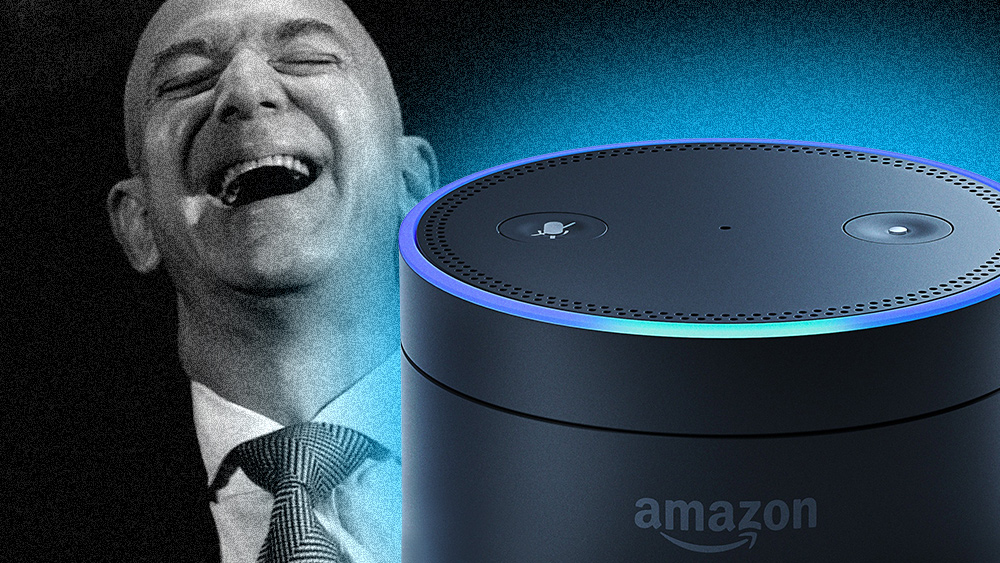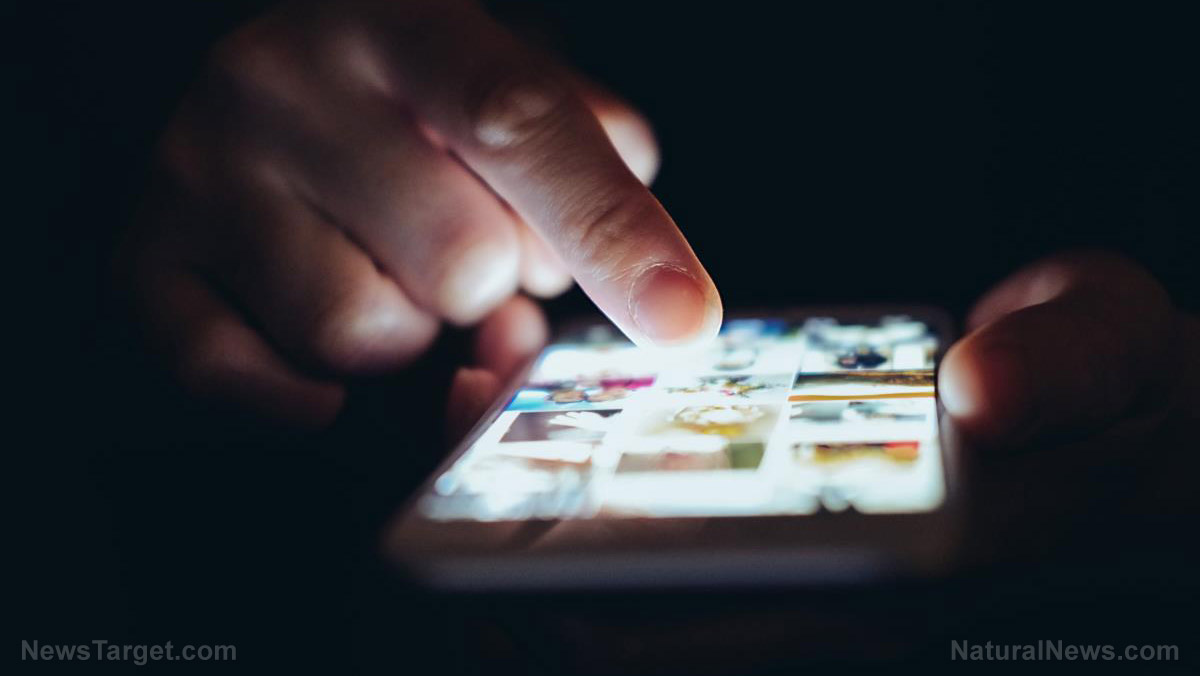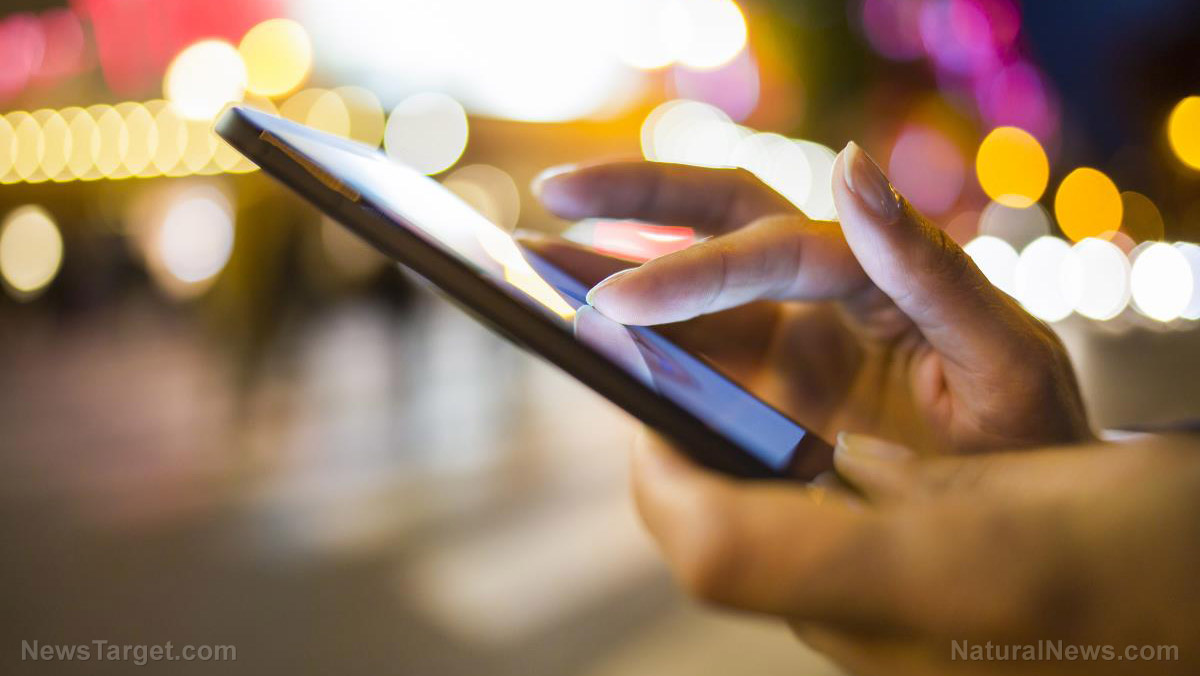The dark side of blue light: Constantly looking at a screen is bad for your eyes, skin, sleep and health
05/21/2019 / By Isabelle Z.

How much time do you spend looking at a screen every day? We’re not just referring to the hours you spend parked in front of your computer at work; what about the TV you watch when you get home and the articles you read on your smartphone in bed?
The numbers people use to answer this question have been rising in recent years, and now doctors are warning that the blue light emitted from technological devices is wreaking havoc on our health in new ways. While we’ve known for some time that it can disrupt your sleeping patterns and your body’s internal clock, it’s also leading to vision and skin concerns.
High-energy visible light, or blue light, has the shortest wavelength on the spectrum of visible light, and our growing exposure to it has prompted a slew of studies into its dangers – and the findings aren’t very comforting. Last year, a study showed that it can damage vision and make blindness set in faster. Exposure to this kind of light can trigger toxic molecules that kill off cells within the eyes, leading to macular degeneration and the vision loss associated with it. These changes aren’t seen when the cells are exposed to other shades of light, like red, yellow or green.
Doctors and other experts have singled out looking at phone screens in the dark as being particularly dangerous. In the dark, your pupils dilate, which allows everything that is emitted from the device to get in.
Even if it doesn’t make you blind, screen use can cause digital eye strain. It might sound relatively harmless, but the headaches, blurred vision, fatigue and dry eyes it causes can seriously impact your quality of life and productivity. There’s also the fact that you blink far less when you’re looking at device screens than you normally do, which can lead to dry eyes.
Outside of vision, the problems can be even more serious. For example, research has shown that blue light at night could contribute to problems like heart disease, diabetes, obesity and even cancer. Exposure to this light suppresses your body’s secretion of melatonin, which influences your circadian rhythms; lower melatonin levels are believed to be associated with cancer. It’s not just blue light from screens you need to worry about here; energy-efficient LED lights can also raise your blue wavelength exposure.
Then there’s the skin damage it can cause to consider. You might not immediately associate blue light with skin problems, but much like UV light, it has the power to damage and prematurely age your skin. Some dermatologists even say that they can easily spot someone who tends to take a lot of photos of themselves or identify which ear people use for talking on the phone simply by looking at their skin. One London dermatologist says he has seen people in the “selfie generation” with what he terms “screen face,” and this is supported by research showing that blue light causes oxidative damage, inflammation and uneven pigmentation. It can also make skin thinner.
What can you do to protect yourself from harmful blue light at night?
Some optometrists suggest following what’s known as the 20-20-20 rule: Look away from your screen at least every 20 minutes and focus on something that is situated roughly 20 feet away for 20 seconds.
At night, switch to dim red lights as this shade has the lowest potential to suppress melatonin and shift your circadian rhythm.
If you must use electronic devices at night, use settings or apps that filter out the blue wavelengths once it gets dark outside, or take it one step further and invest in some blue-blocking glasses. Don’t subject your eyes, skin, sleep and overall health to this problematic type of light!
Sources for this article include:
Tagged Under: blue light, Cell Phone Dangers, dangerous tech, disease causes, eye health, macular degeneration, melatonin, research, screen use, screens, skin health, sleep problems, Smartphones, vision loss
RECENT NEWS & ARTICLES
COPYRIGHT © 2017 INFORMATIONTECHNOLOGY.NEWS

















